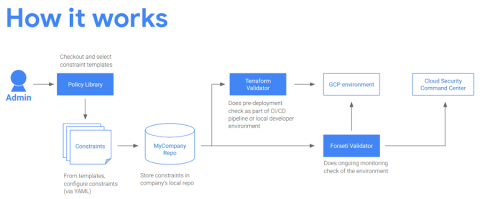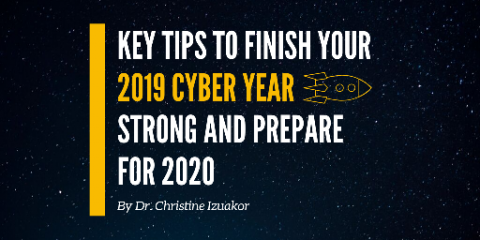Ransomware victim hacks attacker, turning the tables by stealing decryption keys
Normally it works like this. Someone gets infected by ransomware, and then they pay the ransom. The victim then licks their wounds and hopefully learns something from the experience. And that’s what happened to Tobias Frömel, a German developer and web designer who found himself paying a Bitcoin ransom of 670 Euros (US $735) after his QNAP NAS drive was hit by the Muhstik ransomware.






